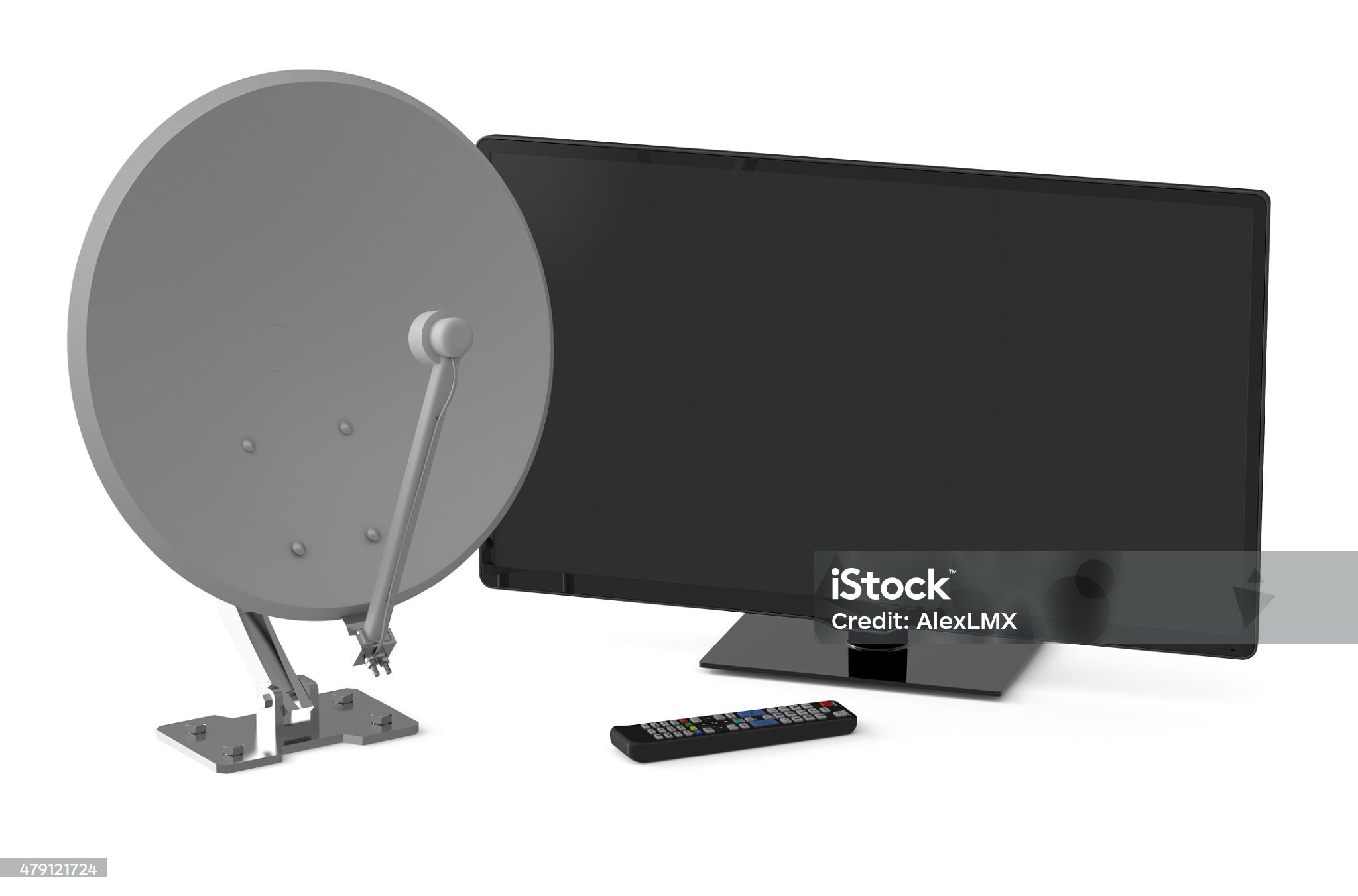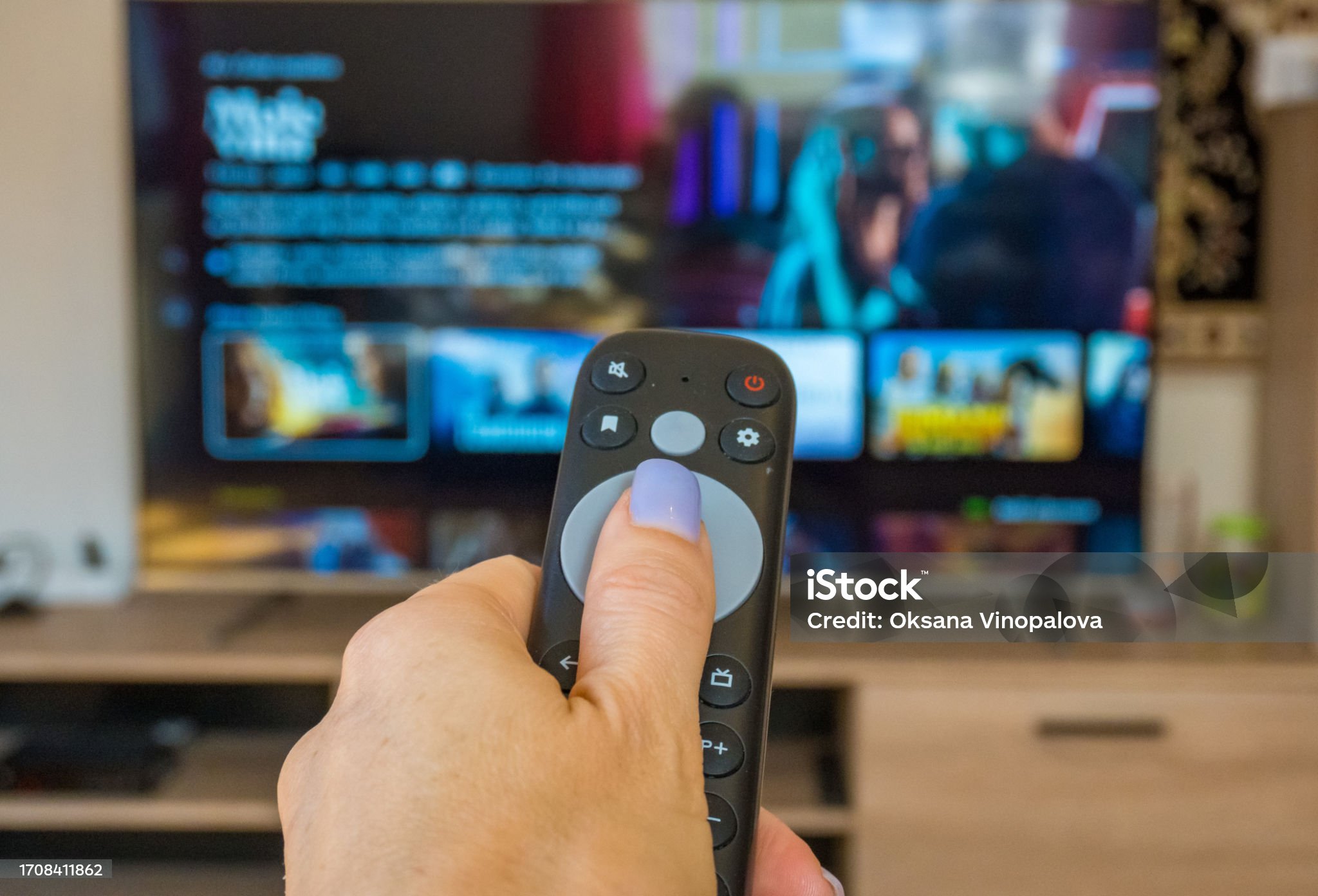1.Overview of IPTV

IPTV, also known as Internet Protocol Television, is becoming progressively more influential within the media industry. Compared to traditional cable and satellite TV services that use expensive and largely exclusive broadcasting technologies, IPTV is streamed over broadband networks by using the same Internet Protocol (IP) that powers millions of personal computers on the current internet infrastructure. The concept that the same shift towards on-demand services is anticipated for the era of multiscreen TV consumption has already grabbed the attention of numerous stakeholders in the technology convergence and potential upside.
Audiences have now started to watch TV programs and other video entertainment in varied environments and on a variety of devices such as mobile phones, computers, laptops, PDAs, and additional tools, alongside conventional televisions. IPTV is still in its infancy as a service. It is growing, however, by leaps and bounds, and numerous strategies are emerging that are likely to sustain its progress.
Some believe that economical content creation will likely be the first content production category to transition to smaller devices and play the long tail game. Operating on the economic aspect of the TV broadcasting pipeline, the current state of IPTV hosting or service, nevertheless, has several clear advantages over its rival broadcast technologies. They include crystal-clear visuals, on-demand viewing, personal digital video recorders, audio integration, internet access, and immediate technical assistance via alternative communication channels such as cell phones, PDAs, global communication devices, etc.
For IPTV hosting to function properly, however, the internet gateway, the central switch, and the IPTV server consisting of content converters and blade server setups have to interoperate properly. Multiple regional and national hosting facilities must be fully redundant or else the signal quality deteriorates, shows seem to get lost and are not saved, chats stop, the picture on the TV screen is lost, the sound becomes interrupted, and the shows and services will malfunction.
This text will examine the competitive environment for IPTV services in the U.K. and the U.S.. Through such a detailed comparison, a number of important policy insights across several key themes can be explored.
2.Media Regulation in the UK and the US

According to the legal theory and corresponding theoretical debates, the selection of regulatory approaches and the policy specifics depend on perspectives on the marketplace. The regulation of media involves competition-focused regulations, media control and proprietorship, consumer safeguarding, and the safeguarding of at-risk populations.
Therefore, if we want to regulate the markets, we have to understand what defines the media market landscape. Whether it is about proprietorship caps, competition analysis, consumer protection, or media content for children, the governing body has to understand these sectors; which content markets are seeing significant growth, where we have competition, vertical consolidation, and ownership crossing media sectors, and which media markets are struggling competitively and ready for innovative approaches of industry stakeholders.
To summarize, the media market dynamics has already shifted from static to dynamic, and iptv service provider only if we consider policy frameworks can we anticipate upcoming shifts.
The rise of IPTV on a global scale makes its spread more common. By combining a number of conventional TV services with cutting-edge services such as interactive IT-based services, IPTV has the potential to be a crucial factor in enhancing rural appeal. If so, will this be adequate to reshape regulatory approaches?
We have no evidence that IPTV has greater allure to non-subscribers of cable or satellite services. However, a number of recent changes have hindered IPTV expansion – and it is these developments that have led to tempering predictions on IPTV growth.
Meanwhile, the UK adopted a lenient regulatory approach and a forward-thinking collaboration with the industry.
3.Key Players and Market Share

In the UK, BT is the leading company in the UK IPTV market with a 1.18% market share, and YouView has a 2.8% share, which is the context of basic and dual-play service models. BT is usually the leader in the UK based on statistics, although it experiences minor shifts over time across the range of 7 to 9%.
In the United Kingdom, Virgin Media was the pioneer in launching IPTV using hybrid fiber-coaxial technology, with BT entering later. Netflix and Amazon Prime are the strongest OTT services in the UK IPTV market. Amazon has its own digital set-top box-focused service called Amazon Fire TV, akin to Roku, and has just entered the UK. However, Netflix and Amazon are absent from telecom providers' offerings.
In the American market, AT&T is the top provider with a 17.31% stake, exceeding Verizon’s FiOS at 16.88%. However, considering only IPTV services over DSL, the leader is CenturyLink, followed by AT&T and Frontier, and Lumen.
Cable TV has the majority hold of the American market, with AT&T managing to attract 16.5 million IPTV customers, largely through its U-verse service and DirecTV service, which also is active in the Latin American market. The US market is, therefore, split between the main traditional telephone companies offering IPTV services and modern digital entrants.
In Europe and North America, leading companies offer integrated service packages or a strategy focusing on loyal users for the majority of their marketing, offering multi-play options. In the United States, AT&T, Verizon, and Lumen largely use infrastructure owned by them or legacy telecom systems to deliver IPTV solutions, albeit on a smaller scale.
4.Subscription Types and Media Content

There are distinct aspects in the media options in the IPTV sectors of the UK and US. The types of media offered includes live broadcasts from national and regional networks, streaming content and episodes, recorded programming, and original shows like TV shows or movies accessible solely via the provider that could not be bought on video or aired outside the platform.
The UK services provide conventional channel tiers similar to the UK cable platforms. They also offer mid-size packages that contain important paid channels. Content is grouped not just by genre, but by platform: terrestrial, satellite, Freeview, and BT Vision VOD.
The key differences for the IPTV market are the plan types in the form of fixed packages versus the more flexible per-channel approach. UK IPTV subscribers can choose additional bundles as their preferences evolve, while these channels are included by default in the US, in line with a user’s initial preset contract.
Content partnerships underline the varied regulatory frameworks for media markets in the US and UK. The age of shrinking windows and the shifts in the sector has major consequences, the most direct being the commercial position of the UK’s leading IPTV provider.
Although a late entrant to the busy and contested UK TV sector, Setanta is poised to capture a broad audience through appearing cutting-edge and securing top-tier international rights. The brand reputation plays an essential role, alongside a product that has a competitive price point and provides the influential UK club football fans with an enticing extra service.
5.Emerging Technologies and Upcoming Innovations

5G networks, combined with millions of IoT devices, have transformed IPTV development with the integration of AI and machine learning. Cloud computing is significantly complementing AI systems to unlock novel functionalities. Proprietary AI recommendation systems are gaining traction by streaming services to engage viewers with their own advantages. The video industry has been transformed with a modernized approach.
A enhanced bitrate, either through resolution or frame rate advancements, has been a key goal in enhancing viewer engagement and expanding subscriber bases. The technological leap in recent years stemmed from new standards established by industry stakeholders.
Several proprietary software stacks with a smaller footprint are close to deployment. Rather than releasing feature requests, such software stacks would allow media providers to optimize performance to further enhance user experience. This paradigm, reminiscent of prior strategies, depended on consumer attitudes and their expectation of worth.
In the near future, as technological enthusiasm creates a balanced competitive environment in viewer satisfaction and industry growth levels out, we anticipate a service-lean technology market scenario to keep elderly income groups interested.
We emphasize a couple of critical aspects below for both IPTV markets.
1. All the major stakeholders may participate in the evolution in content consumption by making static content dynamic and engaging.
2. We see immersive technologies as the primary forces behind the emerging patterns for these domains.
The constantly changing audience mindset puts analytics at the forefront for every stakeholder. Legal boundaries would limit straightforward access to consumers' personal data; hence, user data safeguards would likely resist new technologies that may leave their users vulnerable to exploitation. However, the existing VOD ecosystem makes one think otherwise.
The digital security benchmark is at its weakest point. Technological leaps and bounds have made security intrusions more virtual than a job done hand-to-hand, thereby favoring digital fraudsters at a larger scale than manual hackers.
With the advent of hub-based technology, demand for IPTV has been on the rise. Depending on viewer habits, these developments in technology are going to change the face of IPTV.
References:Bae, H. W. and Kim, D. H. "A Study of Factors affecting subscription to IPTV Service." JBE (2023). kibme.org
Baea, H. W. and Kima, D. H. "A Study about Moderating Effect of Age on The IPTV Service Subscription Intention." JBE (2024). kibme.org
Cho, T., Cho, T., and Zhang, H. "The Relationship between the Service Quality of IPTV Home Training and Consumers' Exercise Satisfaction and Continuous Use during the COVID-19 Pandemic." Businesses (2023). mdpi.com